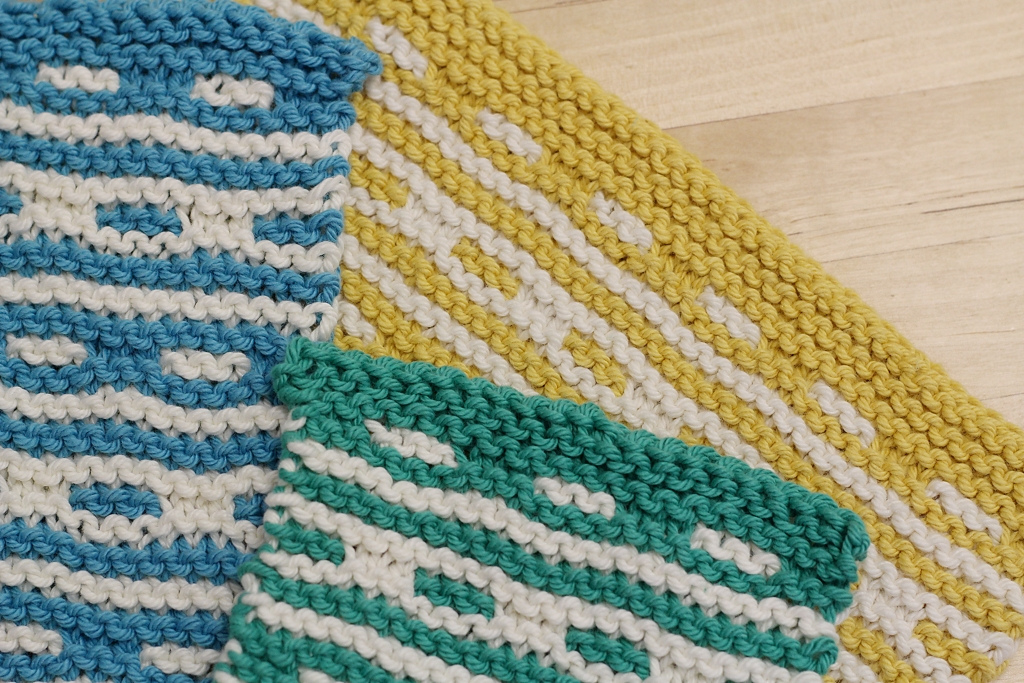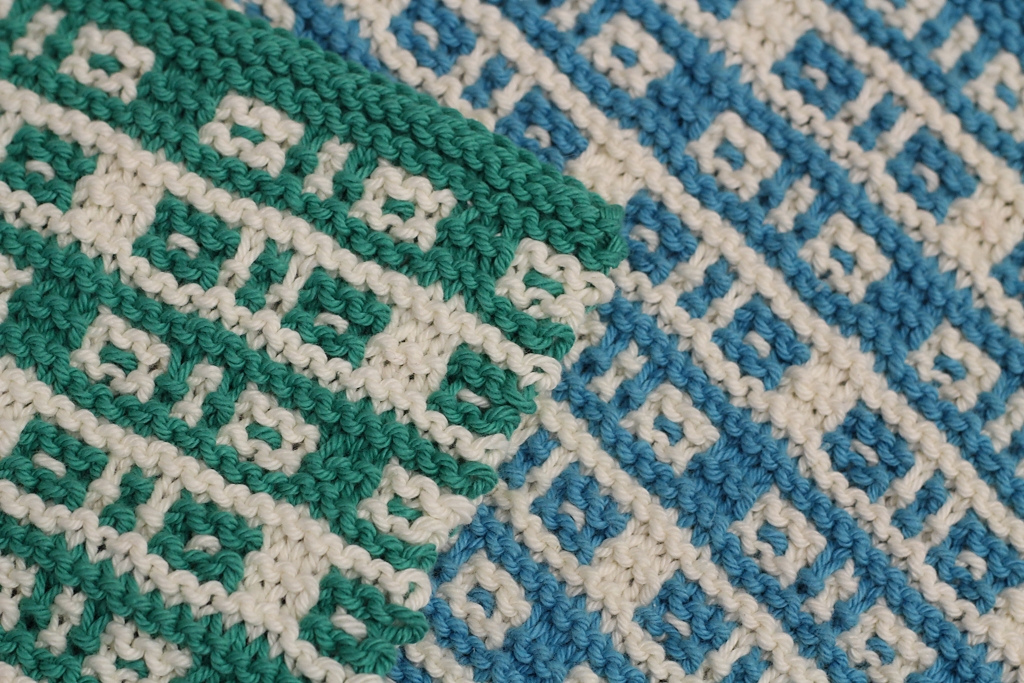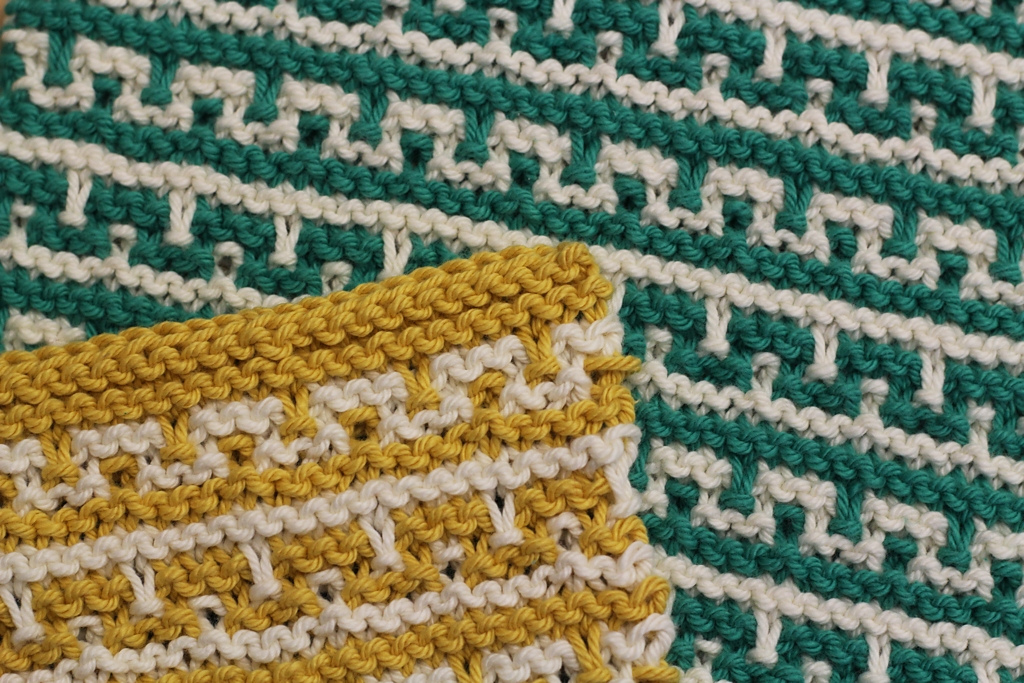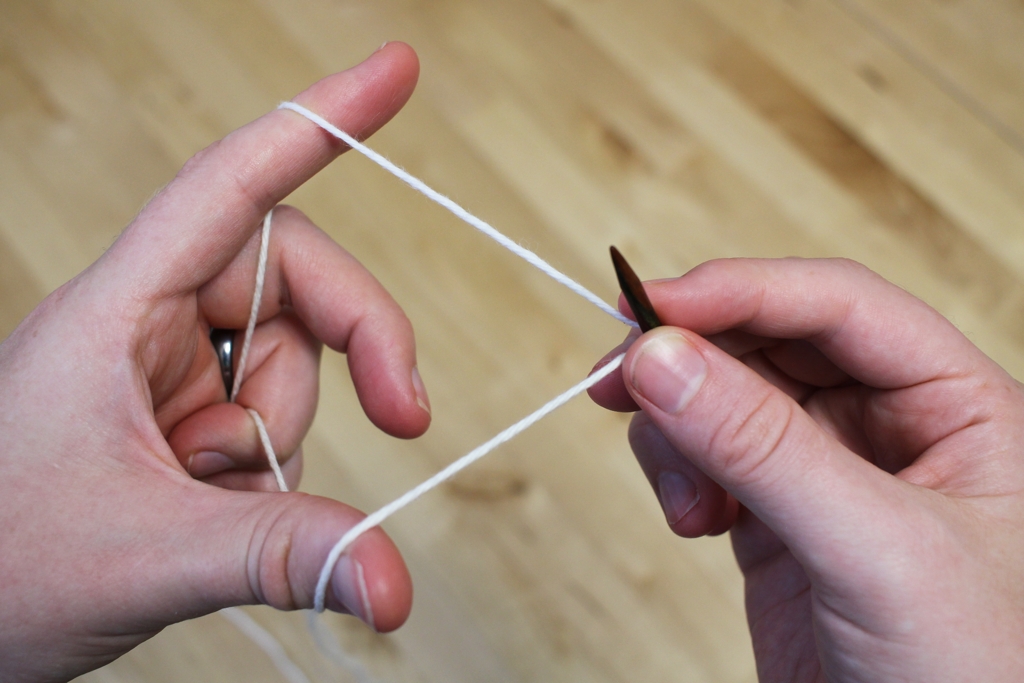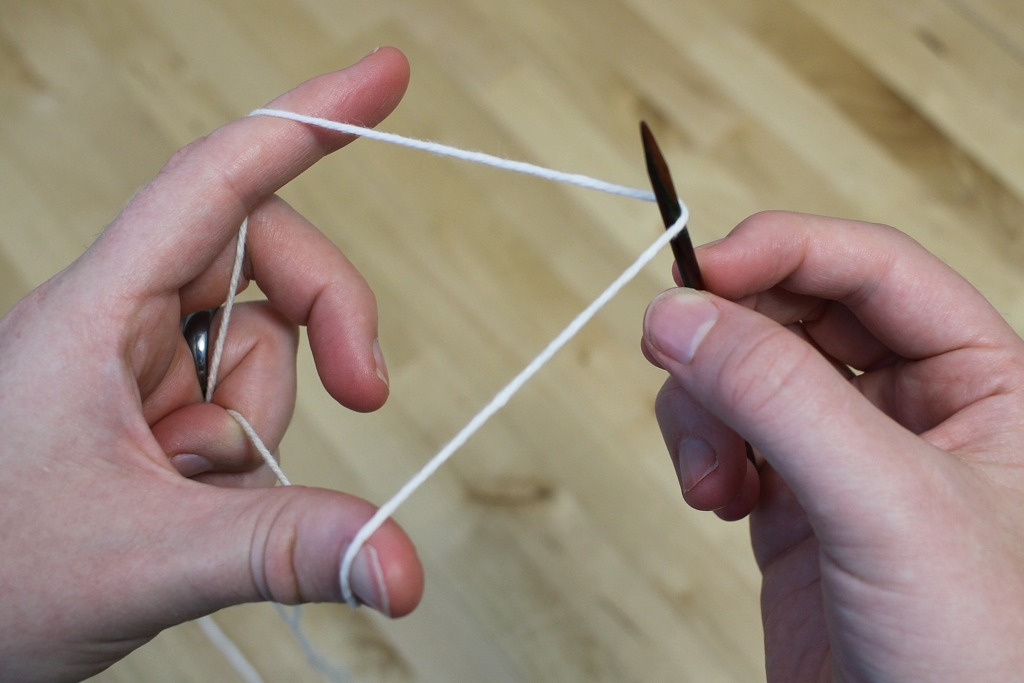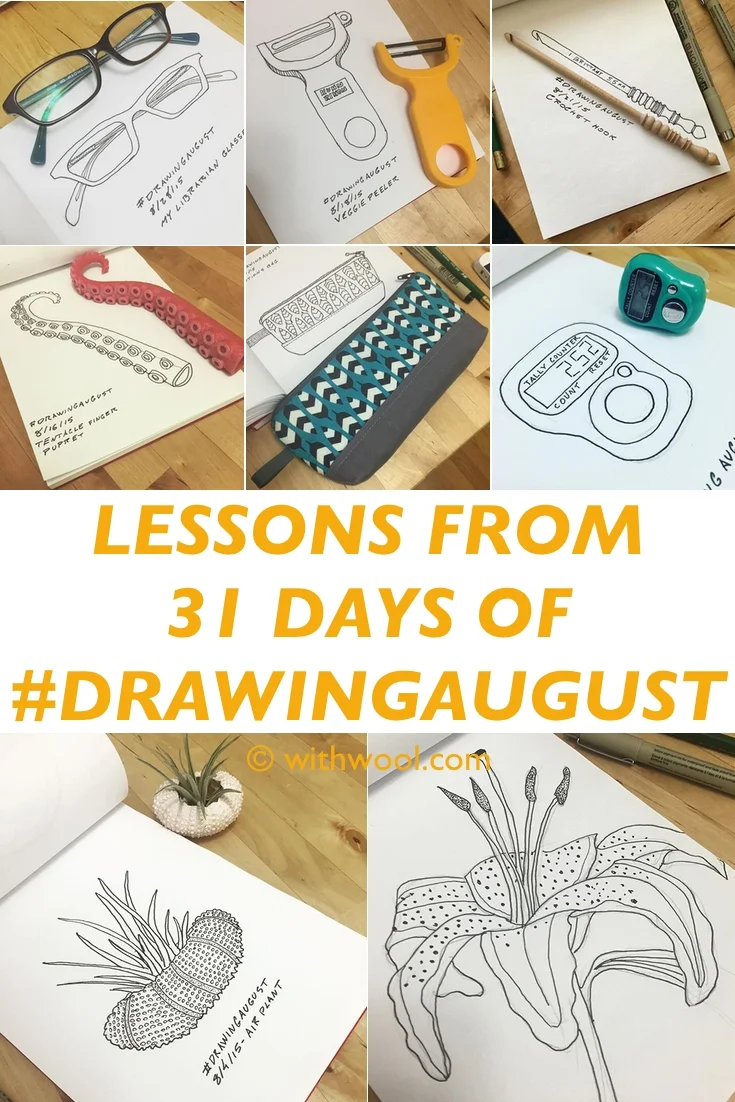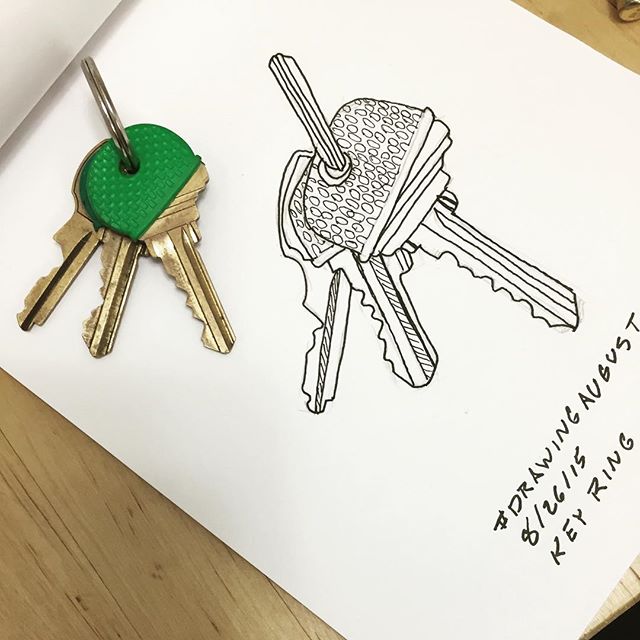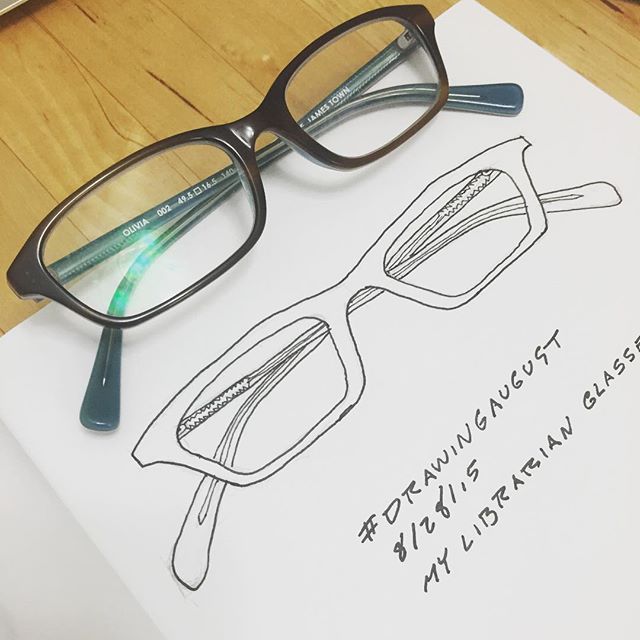Easier Plying From A Center Pull Ball
/I always forget how long it takes to ply a skein of fingering weight yarn until I’m halfway through. Silly me thought I could ply a skein over the course of 2 days. Took a bit longer than that. When I was almost finished, there was still a good chunk of yardage on the second bobbin. There’s no sense in letting cashmere singles wallow on the bobbin especially when I need to mail the finished skeins by the end of the week. Plying the leftovers from a center pull ball seemed like the best and quickest option.
Thankfully, the single held together during winding. I was about to pull the ball off the winder when I remembered a tip: slide the center pull call unto a toilet paper tube to keep it from collapsing on itself and tangling. I’ve lost plenty of yardage to tangled center pull balls and really didn’t want to lose a single yard of cashmere. The problem was that I was fresh out of toilet paper tubes. Instead, I folded a piece of regular printer paper into a strip and loosely rolled it up. Then I slipped the ball onto the paper directly from the winder.
The rolled up paper worked so much better than I expected. As I pulled out more and more yarn, the roll expanded to fill the center hole and kept the ball from falling apart. There were absolutely zero tangles, and I was able to ply every bit of the single. The only thing I’d do differently next time - and I will be using this trick every time I ply from a center pull ball - is to make sure there’s an even edge on the outside of the roll to keep the single from snagging.













